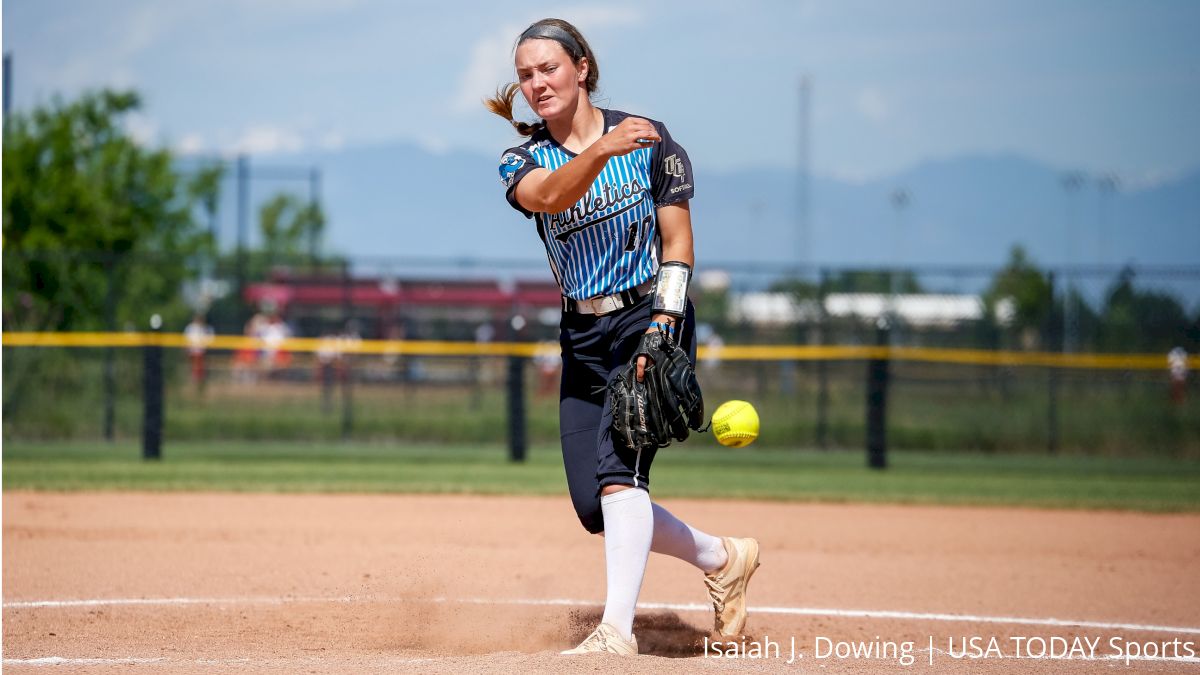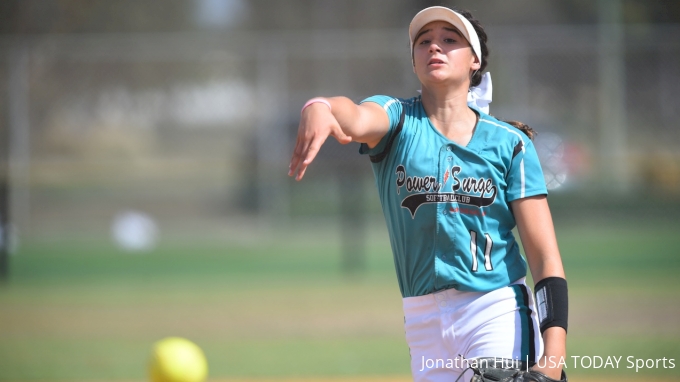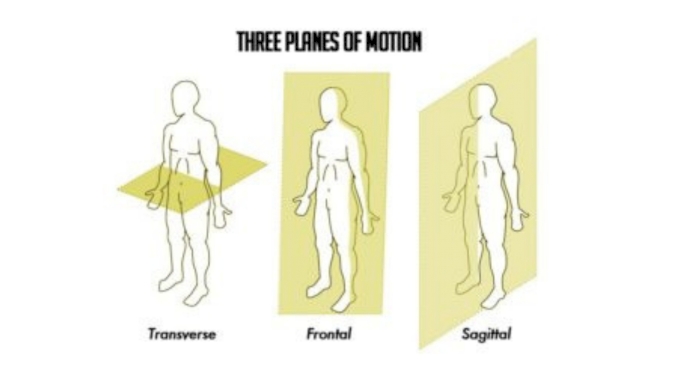Why We Should Rethink The Way We Develop Pitchers By Dana Sorensen
Why We Should Rethink The Way We Develop Pitchers By Dana Sorensen
Dana Sorensen explains the way we should be approaching the development of pitchers and what you should be looking for.

Dana Sorensen graduated from Stanford as a three-time All-American, four-time All Pac 10 player who led the Cardinals to two Women’s College World Series. She pursued a Master’s Degree in Exercise Sport Science at the University of North Carolina. During that time was named to the USA National Team and was a member of the Gold medal team. Sorensen spent several years coaching at the collegiate level at UC Davis and Oregon State. She is certified in Strength & Conditioning, Kettlebell, Functional Movement Screen, and Functional Movement Systems. Sorensen and Jono Green have teamed up to open Symbiotic Training to amatuer and professional athletes.
Start The 10-Week Symbiotic Pitching Program Today
Countless times parents or coaches contact me in hopes of helping lead their daughter or player to the next level. This is by far the absolute most common request I get, which is followed by asking about improving velocity, followed closely by the need and/or desire to learn another pitch.

What I have realized over the last 13 years of my professional coaching experience is that most people who ask me to further develop their pitcher have no real idea what it is they are asking for. I have learned that what they want and what they need are two very different things. I think collectively in the softball community we are trying to provide an answer to a problem when we don’t quite understand the question.
Over the past several years I have shifted my focus on how I look at pitchers, well essentially the act of pitching. Instead of looking through a softball only lens, I have broadened my horizon and look through a lens of human movement and how those universal principles of movement apply to pitching.
This shift in outlook has dramatically altered my path to developing a pitcher. Instead of trying to coach a pitcher with pitching specific corrective drills to help change or improve the mechanics of their motion. Instead, I look to find deficient movement patterns (brain’s inability to utilize a muscle), abnormal movement patterns (greater than or less than ideal ranges of joint motion, neural sequencing issues), or muscle strength imbalances in muscles that oppose each other (ex, quadriceps much strong than hamstrings). Then I can see how any of these potential issues align or misalign with what is really required to throw a pitch well (efficiently + velocity + deception).
In any skill, in any sport, we can break it down to find the very essential movement patterns needed, and when they are needed in order for that athlete to truly improve. For example, we know in baseball pitching, a larger than normal amount of shoulder external rotation is needed coupled with good strength and control in internal shoulder rotation.
For softball pitching, we look at the very basic or essential movement needs of a pitcher for the motion to work (I realize that is subjective, but for sake of time work for me equals efficient motion, good velocity, and good deception). For the sake of time, I am just going to highlight some aspects of the pitching motion I think are important.
3 Planes Of Movement

Photo (Researchgate.net)
Looking at the pitching motion we can right off the bat tell that it requires movement in all 3 planes (sagittal, transverse, and frontal). Sagittal is movement in a “forward” plane, think forward lunge; the frontal plane is movement in a “sideways” plane, think lateral shuffle; transverse is movement in a rotational plane, think swinging a bat. Not only does a softball pitching motion require all 3 planes, but it requires movement through those planes multiple times.
A pitcher must develop power in the sagittal plane, transfer and gain maximum shoulder flexion through the transverse plane to frontal plane, then deliver the arm to deliver the ball by going through the transverse plane to end in the sagittal plane, where they will ultimately release the pitch.
Given all that, if I wanted to really develop a pitcher, I would look at how well they move in each plane; how powerful they are in sagittal (push off position), how explosive their hips are in each transverse plane movement, how stable they are in frontal plane to avoid any energy loss, and finally how strong and how much force they can apply into the ground in the sagittal plane. I can work on moving in the three planes of motion using a variety of training methods that uniquely address each plane, both in terms of strength and power.
Shoulder Joint Mobility
Now let’s shift from planes of movement to functional joint mobility requirements. Functional joint mobility refers to what joint range of motion can be actively used through the body’s own strength.
Non-functional mobility is passive mobility that can be achieved by stretching or using gravity or some other methods to assist the joint into a larger range of motion. Passive mobility is not controlled by the brain so it is not considered a usable or functional range of motion.
Obviously, we can start with the shoulder since its often the most spoken of joint in pitchers. For softball pitching, adequate shoulder flexion (arm going overhead) is extremely important, if we want to maximize arm circle speed and health of arm and shoulder.
While that might seem like an obvious adaptation for all pitchers, we at Sorensen Elite Pitching and Symbiotic Training have seen firsthand it is not, as many athletes will find a way to compensate for lack of shoulder flexion mobility. The biggest side effect of poor shoulder flexion is lumbar (low back) extension. This is not only dangerous to a pitcher but consider the number of reps they do with poor shoulder flexion that inevitably results in a huge energy loss in creating arm speed to wrist speed to ball speed.
I can tell you with 100% certainty most pitchers won’t gain shoulder flexion by throwing more. How they will improve it is by finding out why they lack good flexion, and from there it can be worked on in a non-pitching training program, and/or with a good physical therapist.
Why Hip Mobility Is Important
Hip mobility is another huge part of how a pitcher drives off the mound and works through the second phase of the transverse plane. Pitchers need good arm side hip extension and glove side hip flexion, which gives them the explosive power forward to initiate the pitch.
Pitchers need control of their glove side hip internal rotation and arm side hip external rotation, lack of control of these will lead to an energy loss as too much energy is diverted from the target straight ahead, or the pitcher’s drag foot can become an anchor (pitchers who drag whole side of foot) in an effort to find control of their hips, or they could develop the illegal crow hop to prevent their knee from getting into a dangerous position.
Once the pitcher’s front foot hits the ground, they need a strong and explosive arm side hip internal rotation to direct their energy back to the direction they intend to throw the ball.
Too Much Mobility?
Lastly, let’s talk about the pitcher who has excessive joint mobility in almost all of their joints. People who are commonly referred to as “double jointed” do not, in fact, have two joints, but rather have a greater than normal range of motion in their joints, which makes them hypermobile.
While they easily check the box for passive mobility it doesn’t mean they have the functional range of motion I previously spoke of, their joints often just move into absolute end range when they perform a movement of that joint. When we have hypermobile pitchers, we need to increase the functional range of motion in their joints, in particular shoulders, hips, spine, elbows, and knees.
If you have a high school age pitcher with hypermobility in multiple joints who is in a pitching-heavy practice program, it will not only inhibit their body from finding stability and control of their joints, it will also cause tension on muscles in an effort to protect that joint.
Side Effects
One side effect would be a tight biceps muscle to protect hyper-extension of the elbow. Excessive throwing could also cause the joint to find its bone on bone absolute end range (ex. actual hyperextension of elbow). For hypermobile athletes to develop necessary and essential stability, they need a strength program that specifically addresses improving control of those excessive joint ranges of motion, and they need that program to implement continued progressive loads.
For a hypermobile athlete, functional control of their joints is imperative to building speed. The body will not increase its force or accelerate in something it cannot control or decelerate.
Given these examples I just mentioned, it would make more sense for a pitcher to begin a strength program that addresses their individual needs and limitations as it applies to pitching.
While it may seem counter-intuitive, relying on pitching, or any pitching specific drill, as the method of development, they could continue to rely on compensation patterns that have a lower ceiling in terms of development and a higher cost in terms of injury risk.
Proper Assessment
Every single pitcher we have assessed at Symbiotic Training Center has had something they needed to work on in their strength training program that will actually help them develop their ability in pitching.
Most pitchers first began pitching at a very young age, sometimes as young as 6 or 7, ages when they had extreme laxity in their muscle, tendons, and ligaments and very low levels of powerful strength. If we don’t expect a 6 or 7-year-old to have the capacity to throw a ball very far or very hard, it would make sense that they would find a compensatory strategy to accomplish the task of the throwing the ball if required to do so. Which might prevent them from developing the strength that they need to maximize their power and efficiency long term.
Additionally, our youth athletes are losing their overall general active lifestyle thanks to advances in technology. More and more kids are spending increasing amount of time in poor sitting postures while using their phones or computer. These sitting postures have drastically changed how well all human beings are moving, including young athletes. So, when a parent or coach asks me to work with their daughter or athlete to help them reach the next level, my first question is, are they ready to get to work outside the circle?